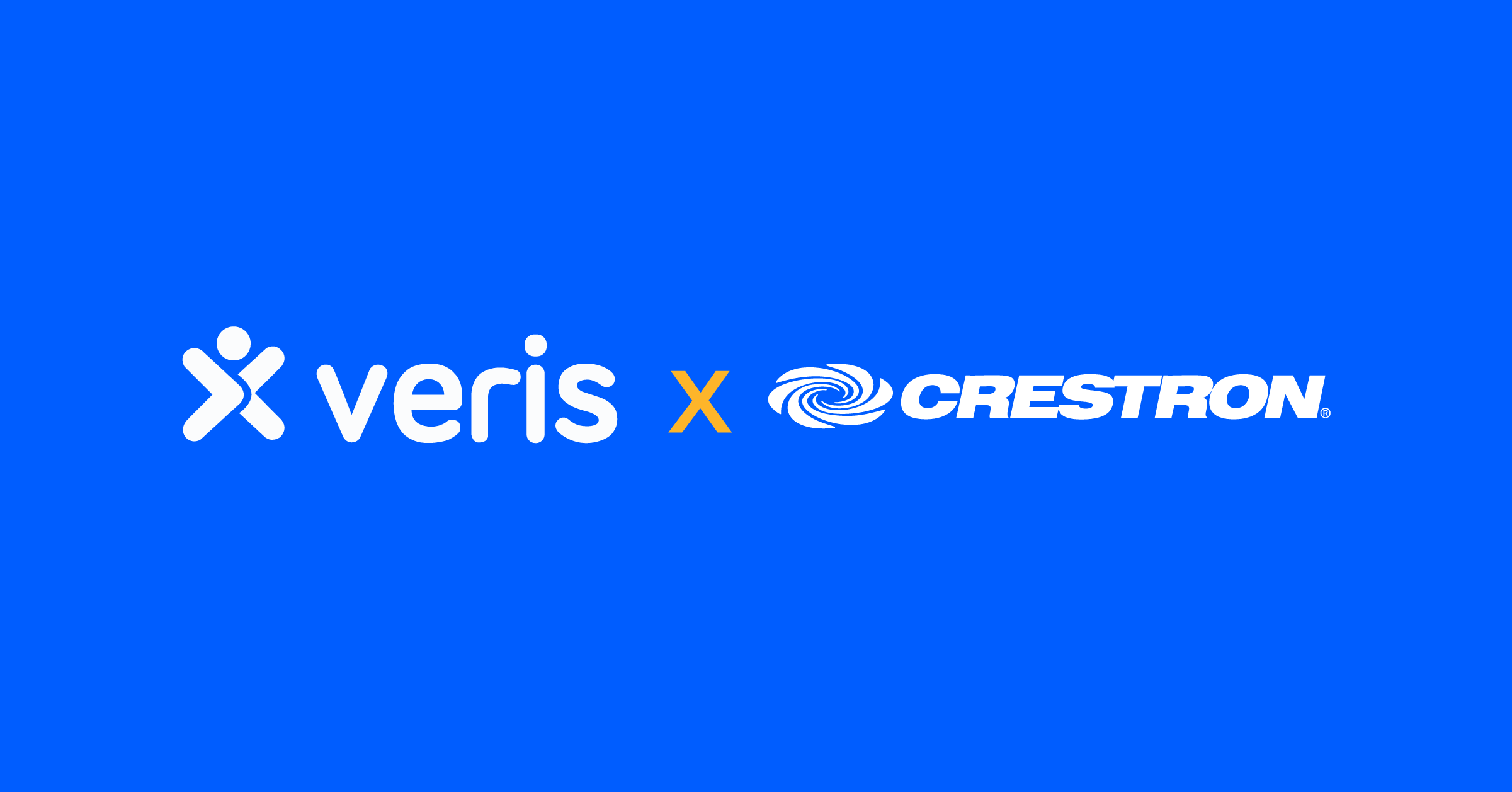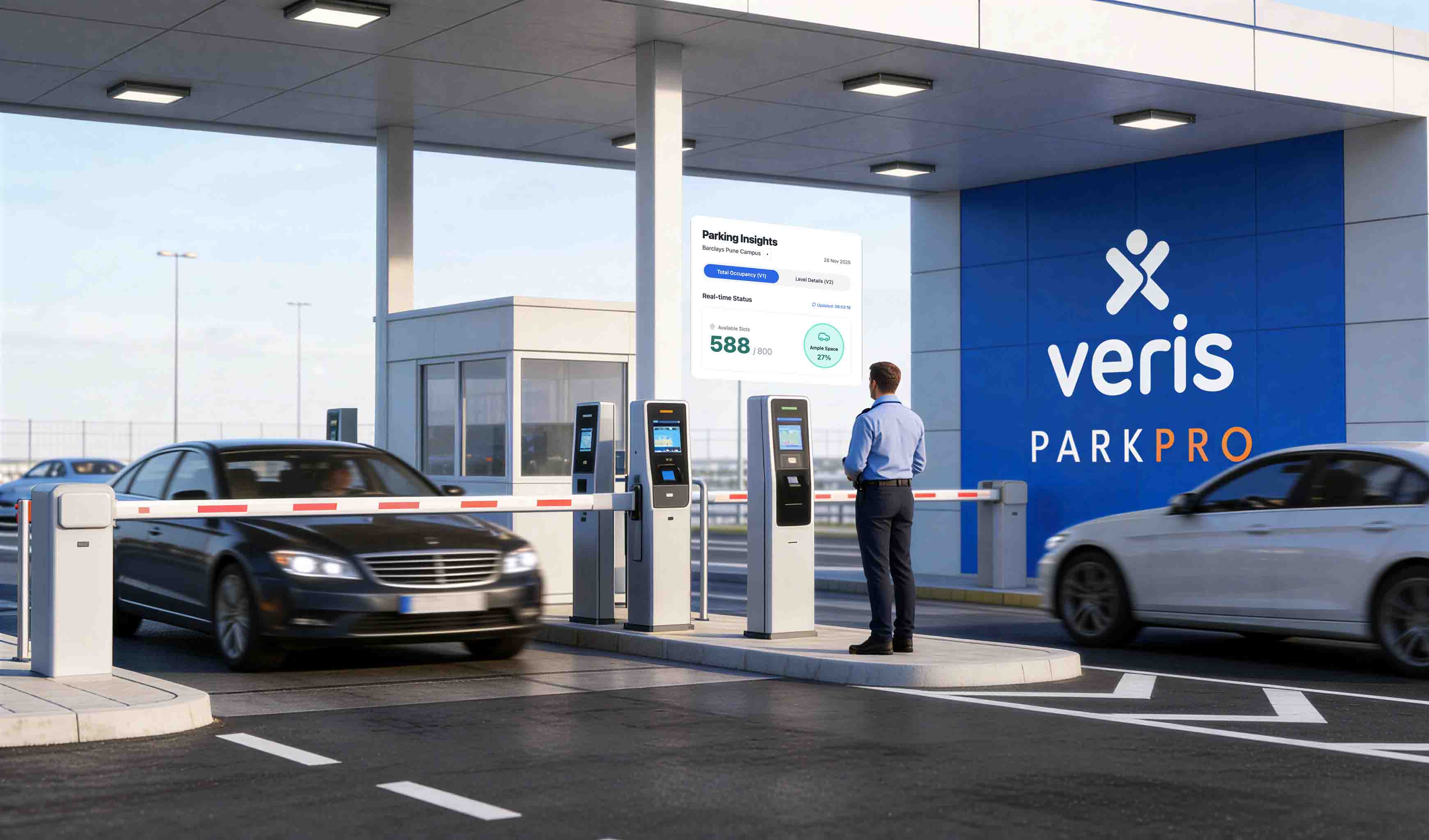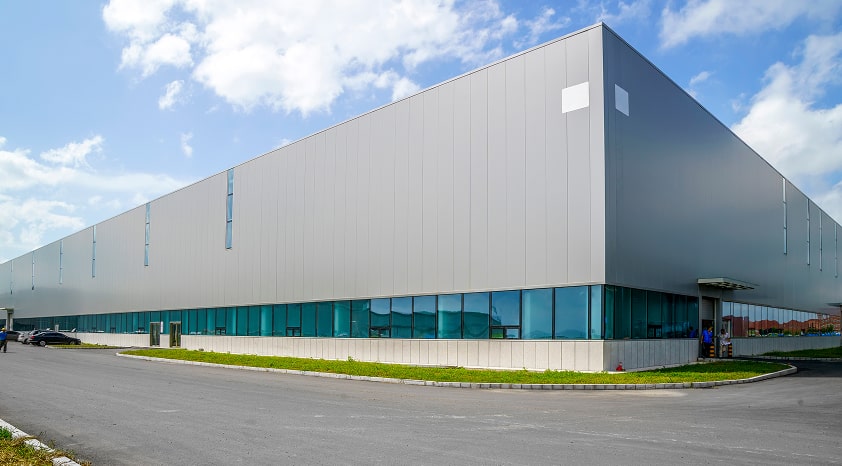What is access control and the need for an access control system
Access control is a fundamental component of modern workplace security. It refers to the mechanisms and procedures that regulate and monitor access to physical spaces, resources, and data within an organization. Access control is a critical aspect that organizations must prioritize to establish a safe and secure environment for their employees.
In this blog, we will delve into the importance of implementing robust security measures to adapt to an evolving landscape and ensure a safe and productive environment for employees. Security is an essential aspect that organizations must prioritize in order to safeguard their assets and protect their workforce from potential threats.
In this blog, we talk about the factors that you must consider to decide whether or not you should invest in an access control system and the eight key components that are essential to a comprehensive access control system. These non-negotiable components should be thoroughly examined when evaluating potential solutions.
Much like every organization’s purpose, plans and people are different, so are its security and safety requirements and protocols. Various factors come into play when deciding the kind and scale of access control solutions that an organization needs. Consider these factors as a checklist that can be handy when planning and allocating a budget for your organization.
- The Space- Which areas need monitoring?
Many workplaces and facilities have multiple entry and exit points that must be secured. Thus, The required credentials must be managed and documented effectively so that numerous parties accessing the space can do so smoothly and hassle-free. For example, your access control system should govern multiple card credentials.
It needs to integrate time monitoring and attendance monitoring from the access control system. Thus, there is a need for an effective access control system that will have the ability to balance security with additional features such as time and attendance monitoring.
What is also crucial to remember is that all users will need to be trained in how to use the system and should have the most certain degree of familiarity and clearance with regards to authentication and authorization. This ensures that users have the necessary knowledge and permissions to interact with it securely and effectively.

- The People- Who will need access?
It is critical to differentiate between who will monitor access at your end and who needs it, including the user, your people, and your employees.
This will also welcome those who are not a part of the organization, based on factors such as after-hour deliveries or scheduled maintenance and cleaning jobs.
Based on the requirements mentioned, an electronic or physical access control system can be implemented to provide temporary secured access for visitors. This system would ensure security compliance is maintained while granting smooth movement for the visitors. Additionally, a user-friendly visitor management system can be incorporated to facilitate efficient registration, identity verification, and issuance of temporary access credentials. This approach, based on an electronic access control system, enables a seamless user experience for visitors while upholding strict security protocols.
During times when there is a breach or an issue with authentication and authorization, a red flag is immediately raised for the user, prompting appropriate action to be taken. This is to ensure that only personnel or individuals who are allowed to access certain areas are able to do so, maintaining the integrity, security of restricted locations. Physical access control and mandatory access control (MAC) can play a key role here.
- The Gate-Keepers – Who will keep track of changes?
There are several occasions when a change of access control protocol will need to be evaluated. For example, it is essential to update access control information when new users are on-boarded and ensure that the current users are who they say they are. This regular evaluation, updating of access control information help maintain the accuracy and integrity of the system. One way to ensure the same is by using methods like physical access control.
Another reason is the changing scale of an organization, which means that is an access control system’s need to be dialed up to the appropriate level of access based on the organization’s size, complexity, and security requirements.
The critical point is that all these changes must be accommodated quickly and effectively in the control systems because security, compliance is an area where there is little room to delay before an accident occurs. Ensuring prompt implementation of changes is crucial to maintaining a secure and compliant environment.
There will need to be a designated team to ensure that the database is exact and that they are given the most correct level of access. These reviews will save considerable time and resources in the long run.
THE KEY COMPONENTS – What components comprise an intelligent access control system that you cannot ignore today?
Companies are re-examining their security measures in an increasingly unpredictable world where technology changes faster than ever and workforce movement gains momentum. Access to a comprehensive system is a necessity in such a dynamic environment to mitigate risks and ensure the protection of assets and personnel. Implementing a robust and adaptable security framework is a key element for organizations to stay ahead in this rapidly evolving landscape.
This is an impetus for organizations to reassess their security strategies and determine how they can be used to adapt to the evolving landscape.
Intelligent access control solutions are now considered essential for future workplaces, and access control can include a checklist of some solutions that should be a part of your consideration list.
- Enabling Remote Management
Remote management capabilities serve as a valuable feature, allowing administrators to manage access control systems from any location without needing on-site physical presence.
This is particularly important for organizations with multiple locations or remote employees, and the flexibility it provides enhances the operational efficiency and security of a company.
- Embracing Mobile and Facial Recognition
This is next-gen access control! Mobile access and facial recognition are quickly becoming the preferred access control methods. These solutions offer convenience, security, and flexibility, allowing employees to access their work while maintaining high levels of security easily.
- Securing with the Cloud
Cloud-based security systems offer a range of benefits, including scalability, flexibility, and cost-effectiveness. This type of security also makes it easier for IT teams to manage and maintain their access control systems, as updates can be completed remotely.
- Credentialing with Identity
Identity-based access control solutions allow organizations to authenticate users based on their digital identity. This method is much more secure than traditional authentication methods, such as PINs or passwords, which can be easily compromised.
The access control provided by identity-based solutions significantly strengthens security measures and mitigates the risk of unauthorized access. It serves as an essential component of a comprehensive security system, ensuring the protection of sensitive resources and data.
- Integrated Video Intercom and Remote Unlock
Integrated video intercom systems are the most common and valuable solution for access control, allowing two-way communication between visitors and the employees. They ensure a safe and secure environment by providing a means to verify and interact with visitors before granting access.
The system’s remote unlocking capabilities further enhance convenience and efficiency for access control, enabling employees to grant access to visitors without requiring their physical presence. This integration of video intercom systems with access control measures strengthens overall security protocols.

- Unified identity and access to the modern workplace
A unified access control system is a solution that streamlines granting access to employees and guests. Users can also access multiple locations, procedures, and resources with a single identity. This simplifies the access management process and enhances user convenience and efficiency.
This is the right convenient and efficient approach that can also eliminate the need for separate access credentials for different systems, ensuring consistent access management across the organization. By integrating access control measures, employees can conveniently use a single set of credentials to access various systems and resources, streamlining the authentication process and enhancing overall security.
- Seamless Integration with Third-Party Systems
Your access control solution should be enabled by the right robust API ecosystem such that a user can integrate it with third-party systems. This integration allows for a seamless user experience and ensures businesses can utilize existing and new approaches effectively.
For example, by providing the flexibility to connect with various systems, such as CCTV cameras, alarm systems, or employee databases, the access control solution becomes adaptable and capable of meeting specific business requirements. This integration allows for enhanced security monitoring, real-time alerts, and streamlined access management processes.
- Automated Security Measures with Data Intelligence
Leveraging data intelligence, the access control system should have automated security measures to detect and prevent unauthorized access in real time. This is crucial for ensuring that businesses can quickly address security threats before they become a more significant issue.
For example, a system can employ advanced anomaly detection algorithms to identify unusual access patterns or attempts to breach the system, triggering immediate alerts and proactive response measures.
Access control systems must be easy for all employees, regardless of technical expertise. The key to successful implementation is to create a system that you can navigate intuitively and with ease. It should be designed to minimize complexity and ensure a user-friendly experience for all employees.
In this regard, integration will play an important role. An integrated access control system is the ticket to ensure that overall security and efficiency converge with a superior experience—all key metrics of security that ensure your workplace is marching fast towards becoming a workplace of the future.

Catch up on the latest access control trends with this blog!
Conclusion
And that’s a wrap! Stay tuned for our next blog in this series, which covers a simple 10-point checklist on what are the factors you can assess when considering a tech partner to decide if they are the perfect fit for you.





































.avif)
.avif)





